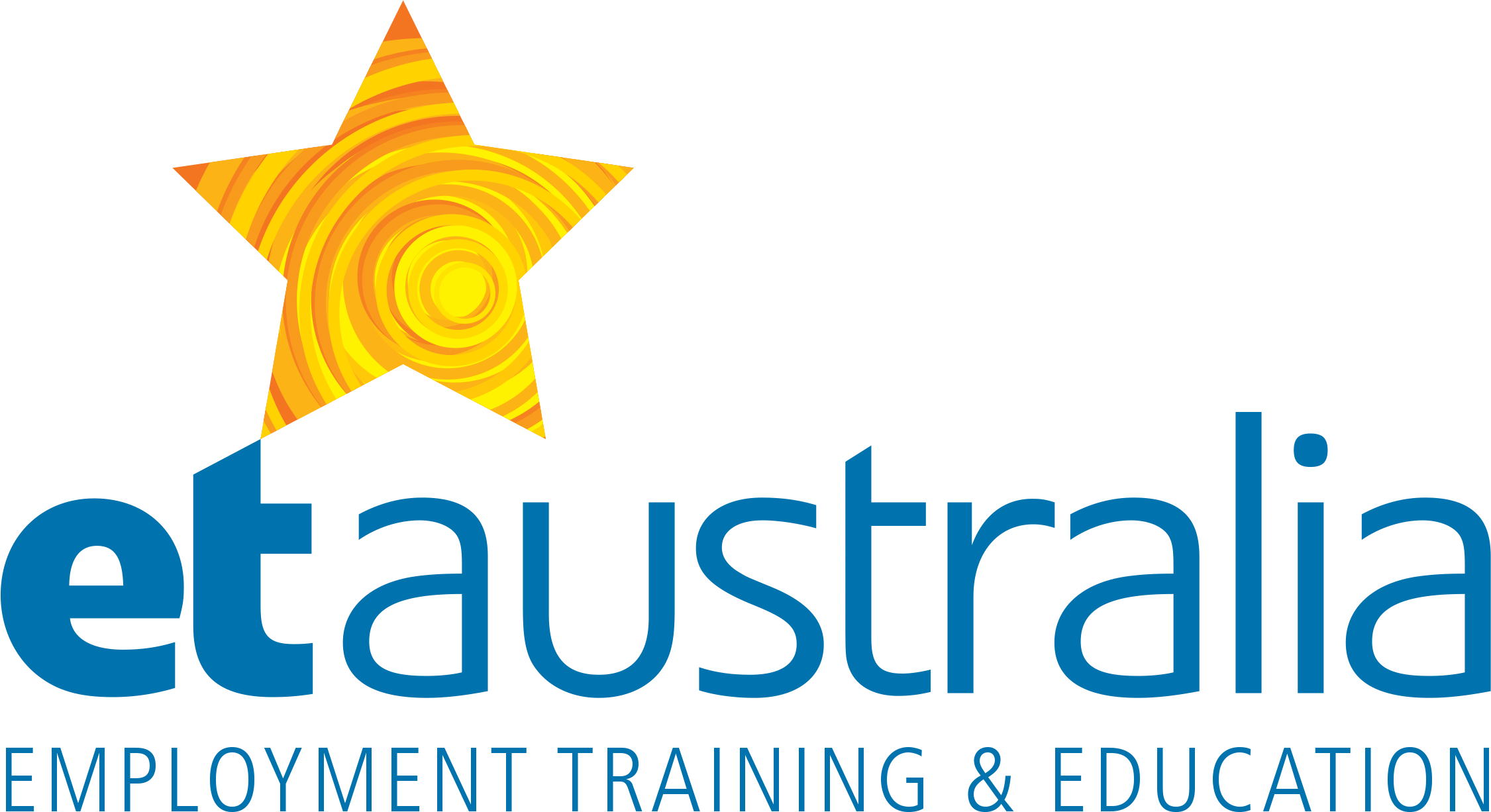Bullying is an issue faced by many students. These days, it can take place day and night through the use of technology such as phones, iPads and gaming services. Online bullying becomes particularly relevant as students reach high school and have more access to devices.
Unfortunately, it’s fairly common for students to experience this form of bullying too. As many as one in five young Australians have reported being bullied online. Knowing what it is and what to do when it happens is vital for all parents and carers.
What is online bullying?
The Office of the eSafety Commissioner states that online bullying “is the use of technology to bully a person or group with the intent to hurt them socially, psychologically or even physically.”
Online bullying can include:
- Sending or sharing hurtful or abusive messages or emails
- Posting or sharing embarrassing videos or images
- Spreading rumours or lies online
- Setting up fake online profiles with the intention of hurting someone
- Harassment and threatening messages (cyberstalking).
Online bullying is serious and can have long lasting impacts on children. This type of bullying can be difficult for kids to escape, as it doesn’t end when the school day does. It can affect their confidence and performance at school, and lead to depression and feelings of hopelessness.
How can it be identified?
Online bullying can be difficult to detect as it most often occurs in private. As a parent, you need to carefully monitor your child’s use of technology and their behaviour too. If you child displays any of the following, take action immediately:
- Being upset after using technology
- Anxious, sad or withdrawn behaviour or other changes in personality
- Decline in their school work
- Avoidance of school or other social places
- Becoming secretive about their use of technology.
How can you as a parent help?
You can take steps to make sure online bullying is less likely to happen to your child. Make sure you have clear rules in place when it comes to the use of technology and the internet. Also, ensure you talk to them about online bullying and how they can be safe online.
If your child is being bullied online, the first and most important step to take as a parent is one of support. You need to take any report of online bullying seriously. It’s also vital the matter is taken offline and reported as soon as possible.
Most schools have procedures in place to deal with cyberbullying, even if the bullying occurred outside of school hours. This is the best place to start.
Other things you can do:
- Report the content to the social media service it happened on
- Block the offender
- Collect evidence of the cyberbullying material
- Report it to the Office of the eSafety Commissioner.
What is ETASC’s anti bullying policy?
Children who experience online bullying can often end up being bullied at school too. This can result in low self-esteem and poor academic performance.
ETASC has a zero-tolerance policy when it comes to bullying. If evidence of online bullying is provided to our teachers, the bully will be asked to leave our school.
If you want to know more about our safe and supportive learning environment, contact us today. You can also download our parent info pack, or contact ET Australia for more information.

